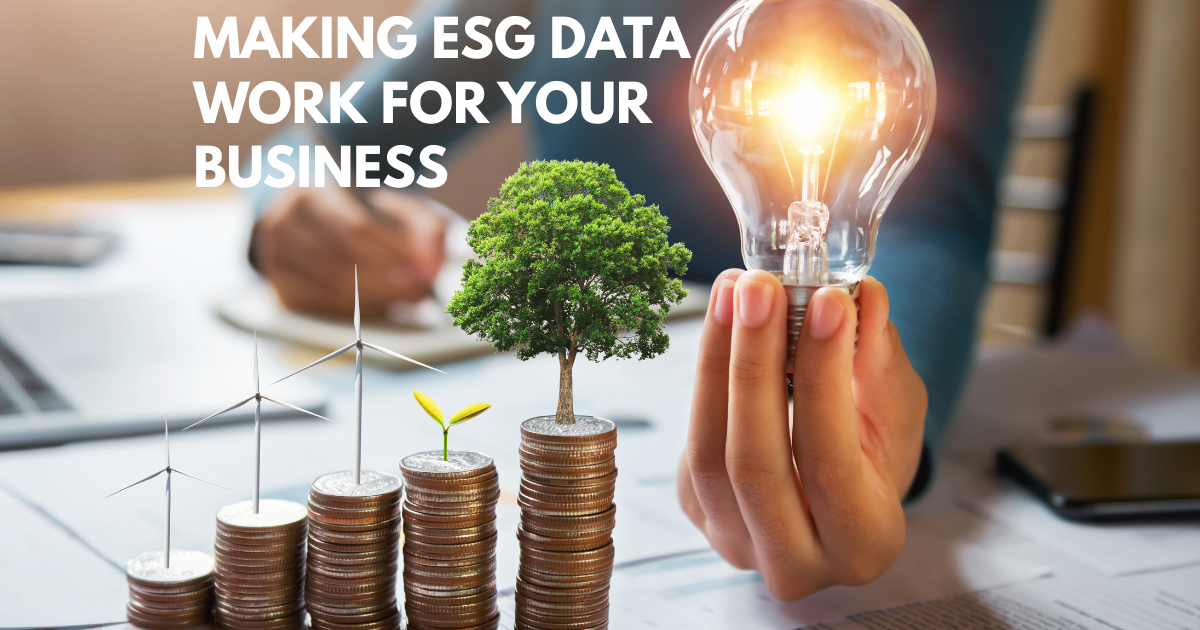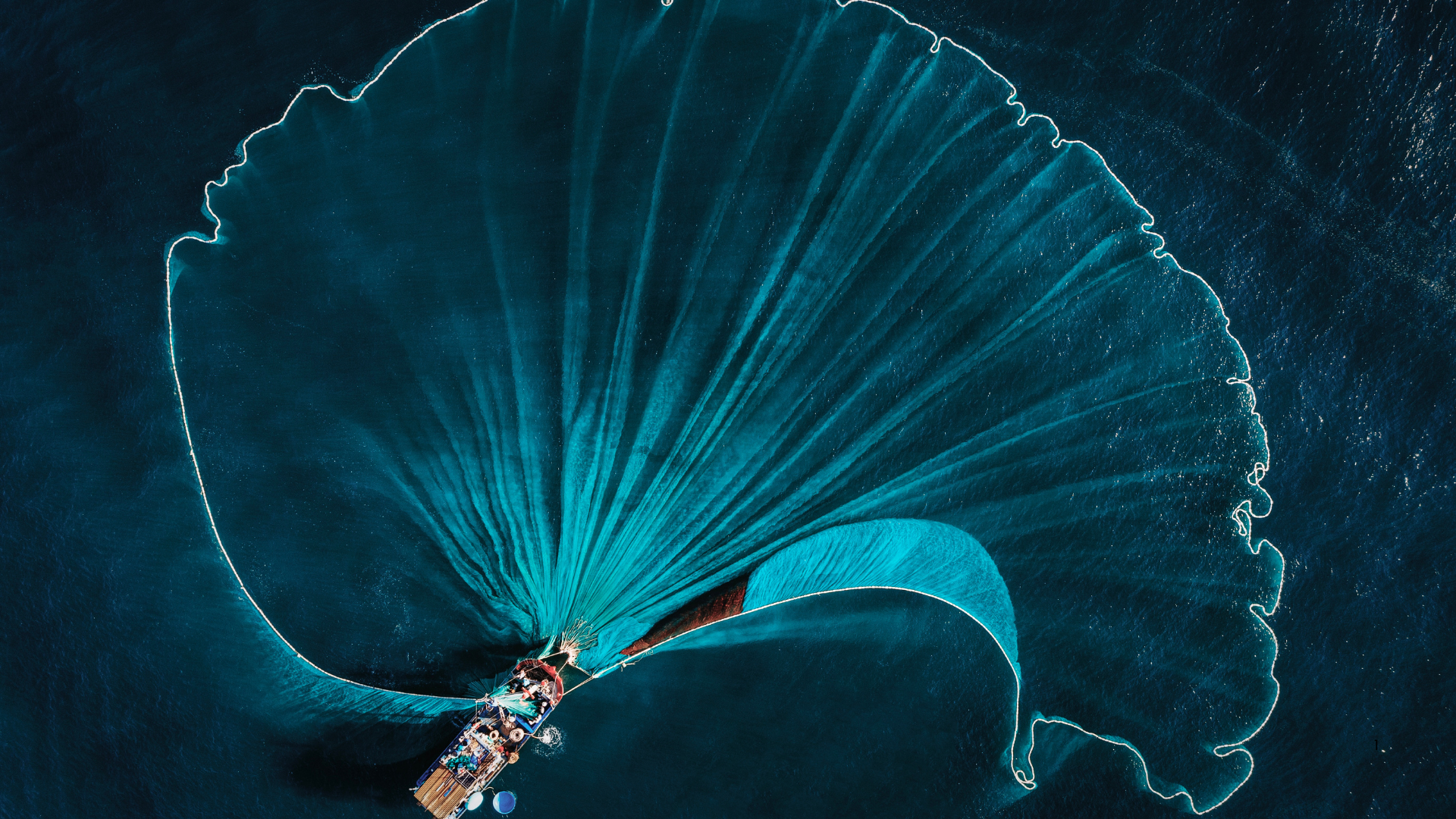Breaking Down Barriers to Future Mobility
The Future Is Fast, But Not Yet Frictionless
As cities expand, populations grow, and climate pressures mount, the global conversation around mobility is shifting. We’re no longer just talking about getting from point A to point B, we’re talking about how to do it smarter, cleaner, and faster. From electric vehicles (EVs) and autonomous transport to hyperloops and AI-driven logistics, the technology for high-speed, sustainable mobility already exists. Yet, the gap between innovation and implementation remains stubbornly wide.
“Solving for speed” isn’t just a matter of technology, it’s about dismantling the friction that prevents it from scaling. Legacy infrastructure, policy gridlock, data silos, and skills shortages all contribute to a slower-than-necessary evolution in how people and goods move through our world.
Speed isn’t just a competitive edge; in the context of mobility, it’s a climate imperative. As emissions from transport continue to rise, faster adoption of efficient systems is essential. The challenge? Rewriting the rules of a century-old playbook.
Unlocking Innovation
One of the most significant barriers to future mobility is not technical complexity, but public trust and systemic readiness. Autonomous vehicles, for instance, are no longer science fiction, they’re science fact. But their rollout has been hampered by safety concerns, inconsistent regulations, and a lack of unified standards.
Similarly, smart traffic systems and connected transport networks hold the promise of decongesting cities and reducing emissions. But without coordinated investment and interoperability, these solutions can’t scale. And while EV sales are rising, the supporting infrastructure, charging networks, battery recycling, grid resilience, often lags behind.
To accelerate progress, we must close the trust gap with transparency, governance, and inclusivity. It’s not enough to build faster vehicles or smarter systems; we have to build confidence in the transformation itself.
Speed Demands Collaboration, Not Just Competition
The speed of innovation often outpaces the speed of regulation. That’s why collaboration across public and private sectors is key. Municipal governments, tech companies, transport operators, and community groups must come together to pilot solutions, share data, and co-design systems that serve everyone.
Startups bring agility, corporates bring scale, and policymakers bring authority. But too often, they operate in silos. To solve for speed, we need unified roadmaps that align commercial incentives with public outcomes. Innovation sandboxes, joint ventures, and public-private partnerships (PPPs) can help test bold ideas without getting bogged down by bureaucracy.
Skills development is another critical area. A future-fit mobility workforce needs expertise in AI, cybersecurity, clean energy, and systems thinking. Upskilling today’s professionals while inspiring the next generation is essential for both adoption and long-term success.
Making Future Mobility Real
The mobility landscape is full of pilot projects and proof-of-concepts. What’s needed now is a shift from experimentation to execution. That means setting bold targets, measuring impact, and staying accountable.
Cities like Singapore, Stockholm, and Los Angeles are showing what’s possible with integrated mobility ecosystems. Whether it’s congestion pricing, smart signals, or multi-modal platforms, the most successful initiatives don’t just focus on the technology, they focus on the user.
Ultimately, the speed of transformation will be determined by how quickly we remove the human and systemic barriers in our path. Future mobility is not a race to develop the best tech, it’s a race to deploy it well, equitably, and at scale.














